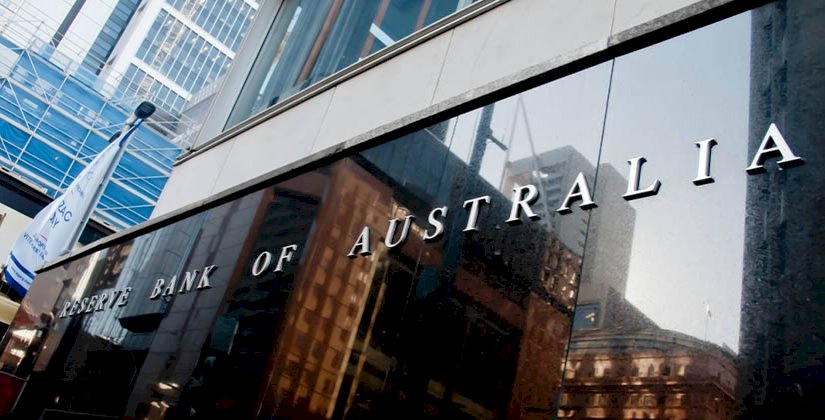Following an out-of-cycle rate reduction in March, the RBA has followed market consensus and reduced the official cash rate to 0.10 of a percentage point, down from 0.25 of a percentage point.
RBA governor Philip Lowe said the central bank decided to cut the rate to support job creation and the recovery of the economy from the pandemic.
You’re out of free articles for this month
“In Australia, the economic recovery is underway and positive GDP growth is now expected in the September quarter, despite the restrictions in Victoria. It will, however, take some time to reach the pre-pandemic level of output,” Dr Lowe said.
“In the central scenario, GDP growth is expected to be around 6 per cent over the year to June 2021 and 4 per cent in 2022.
“The unemployment rate is expected to remain high, but to peak at a little below 8 per cent, rather than the 10 per cent expected previously. At the end of 2022, the unemployment rate is forecast to be around 6 per cent.”
AMP chief economist Shane Oliver correctly predicted the RBA would cut rates prior to the announcement.
“The RBA’s own forecasts show that it will not achieve its employment and inflation objectives over the next two years, and so, further easing is required to help address this. Recent RBA commentary has provided a strong signal that further easing is imminent. We expect this to take the form of a rate cut to 0.1 [of a percentage point] and broad-based quantitative easing,” Mr Oliver said.
Bankwest Curtin Economics Centre director Rebecca Cassells said the RBA’s cut signals its intent to further support the economic recovery by making borrowing as attractive as possible for households.
“Low inflation figures will tip the RBA’s decision to cut rates and we may also see additional quantitative easing over the coming months if progress towards the RBA’s 2–3 per cent inflation target is viewed as too slow,” she said.
“Now that Victoria can add its strength, the pace of economic and job recovery should pick up substantially in the coming weeks and months. Whether this pace will deliver a full recovery of jobs lost plus additional employment and wage growth remains more possible than probable at this time.”
Thomas Devitt, from the Housing Industry Association, noted Australia’s inflation rate was well below the RBA’s target as well as the high rate of unemployment.
“The risks for the economy are highly asymmetric, with the costs of doing too little likely to be far greater than the costs of doing too much,” he said.
“The RBA’s balance sheet expansion is also significantly behind that of other central banks. This is putting upward pressure on the Australian dollar, weighing on exports and potentially turning consumers towards imports rather than domestic goods and services.”
IFM Investors chief economist Alex Joiner said while the RBA has been signaling that it is considering easing policy further, the economy needed fiscal support or modern monetary policy.
“The RBA has strongly signaled it thinks it needs to do more to support the economic recovery. Cutting the cash rate alone won’t be enough though, as a 15bp reduction won’t do much, it will be part of another package from the RBA that will likely include a broader effort on quantitative easing as a minimum,” he said.

 Login
Login






